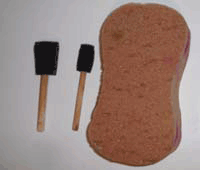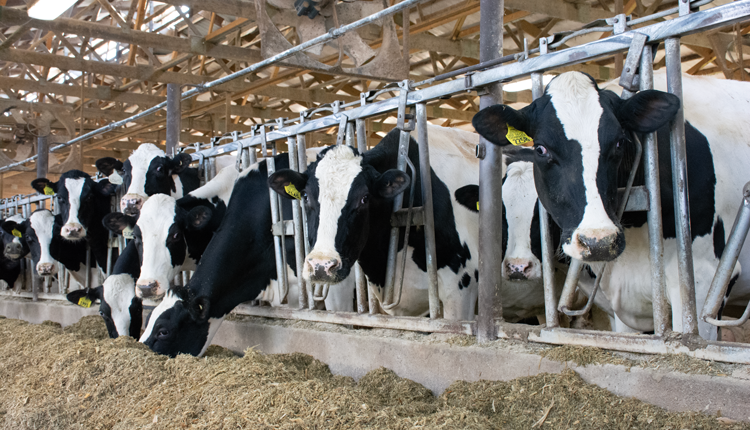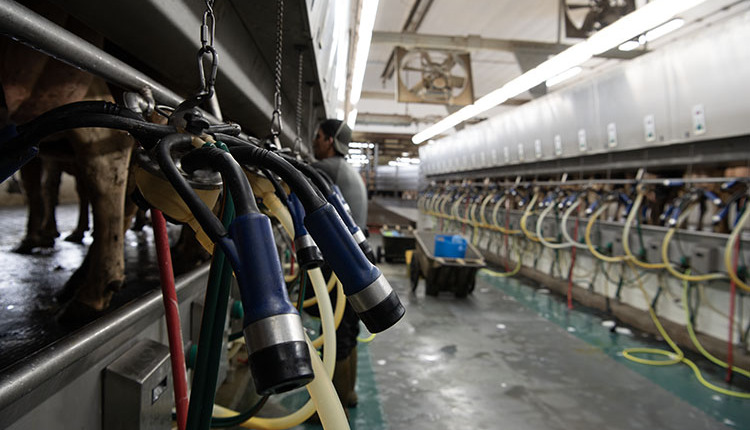Black spot defect is known as a fatal flaw in cheese making. These minute flecks of black in aged cheeses mean serious devaluation of cheese. They are formed because of the metallic nature of compounds that find their way into the milk line. The likely cause is poor removal of internal teat sealants. These internal teat sealants are hydrophobic, too, so they stick to our stainless steel milk lines and processing equipment. Scott Rankin from the University of Wisconsin, Madison, and Keith Engle with GEA Farm Technologies discussed the issue during the recent meeting of Wisconsin dairy plant field representatives.
 Pictured are foam brushes if you must manually clean meters and the foam sponge if you need to manually remove it from larger areas such as receiver jars.
Pictured are foam brushes if you must manually clean meters and the foam sponge if you need to manually remove it from larger areas such as receiver jars.
Internal teat sealants can dramatically reduce mastitis during the dry period and early in lactation. However, making sure teats are thoroughly cleaned out is essential."Prevention in administration and removal is definitely key, along with using milk filters while washing," Engel says. Be sure to pinch the very top of the teat when administering the sealant and when removing it. When removing, be sure to strip each teat 10 to 15 times before attaching the milking unit. If some does enter the milk line, it isn't easy to clean out. A very simple foam sponge is probably your best bet.
 Pictured are foam brushes if you must manually clean meters and the foam sponge if you need to manually remove it from larger areas such as receiver jars.
Pictured are foam brushes if you must manually clean meters and the foam sponge if you need to manually remove it from larger areas such as receiver jars.Internal teat sealants can dramatically reduce mastitis during the dry period and early in lactation. However, making sure teats are thoroughly cleaned out is essential."Prevention in administration and removal is definitely key, along with using milk filters while washing," Engel says. Be sure to pinch the very top of the teat when administering the sealant and when removing it. When removing, be sure to strip each teat 10 to 15 times before attaching the milking unit. If some does enter the milk line, it isn't easy to clean out. A very simple foam sponge is probably your best bet.











